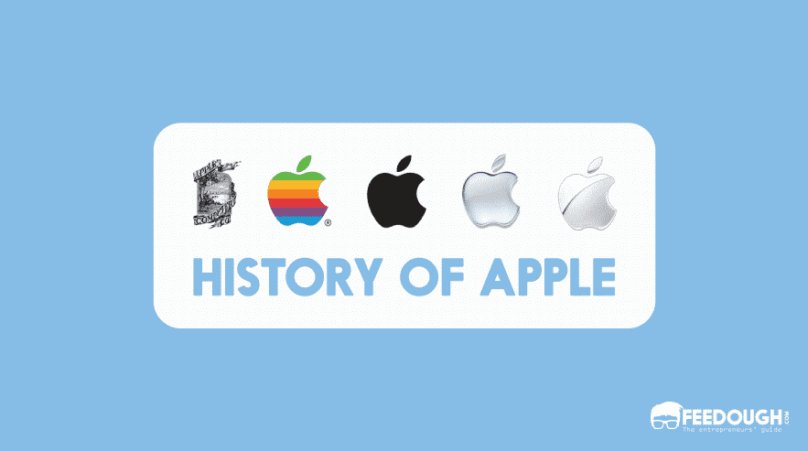366 48 208 48zM0 208C0 93. It must come as no surprise as Apple continues to astonish the world with its innovative products and services. Join us on this memory lane as we go back in time to explore the history of Apple from the days when Apple was limited to only a garage in California to the present when it is making apple chips most successful company in history.

In 1976, Apple was founded by three men: Steve Jobs, Steve Wozniak and Ronald Wayne with the intention of selling Wozniak’s hand-built Personal Computer named Apple 1. The Apple 1 was sold as a motherboard with CPU, RAM and basic textual-video chips. Steve Wozniak took a special liking for repeated numbers and hence the fancy number as the price. However, Ronald Wayne decided to leave the company only a couple of weeks after it was founded. Wayne was the one to hand sketch the first Apple logo which was then replaced by the bitten apple logo designed by Rob Janoff in 1977.
Mike Markkula, the multimillionaire who had taken interest in the Apple-1 provided the company required funding and business expertise. Mike Markkula was the 3rd employee with a one-third share in the company. He suggested a man named Michael Scott be the company’s first president and CEO as he thought Steve was too young and undisciplined to be the CEO. It was in 1977 that the Apple II was introduced, also by Wozniak.
Apple II computers to stand ahead of market leaders Tandy and Commodore PET. With the introduction of colour graphics, the Apple II was able to revolutionize the computer industry. By 1978, Apple had a real office with several employees and an Apple II production line. In the years that followed, revenues grew exponentially for the Apple company doubling every four months. Jobs and several employees were allowed to visit the Xerox PARC lab in 1979. It is world famous for the laser printer, mouse, ethernet networking and other technological accomplishments. By the year 1980, the competition was growing difficult with IBM and Microsoft in the market.
Apple released Apple III in the same year to compete with these companies in the corporate computing market. The Apple III was not as successful due to a design flaw. In order to reduce noise, Jobs insisted computers not have fans or vents which in turn created problems due to dangerous overheating. Thus, the Apple III lost to IBM computers. He immediately began the development of a GUI for Apple’s next generation computer, Apple Lisa. Unfortunately, Jobs was removed from the Lisa team due to infighting and became a part of the low-cost-computer project, the Macintosh.
Lisa was released in 1983 and met with disastrous sales due to its high price and limited software support. After being replaced from the Lisa team, Jobs became the lead of the Macintosh team. The Apple Macintosh is known as the most user-friendly computer to date. It is also known as the first mass-market personal computer to feature an integral GUI and mouse. Ridley Scott which aired during the Super Bowl and never again. Even though the graphics hardware used was very expensive, Apple decided to sell the Macintosh for a price that would put it in the reach of home users. Its black and white graphics and visual abilities attracted design professionals and it was particularly successful in the desktop publishing market due to it’s the same.
It had a carrying handle which made it portable and it looked friendly too. 2,495 and went on sale in January 1984. It was good value for the money although not cheap. In 1983, around the time of launch of the Macintosh, Jobs hired John Sculley as the new Apple CEO when Mark Markkula, the second CEO wanted to retire.
